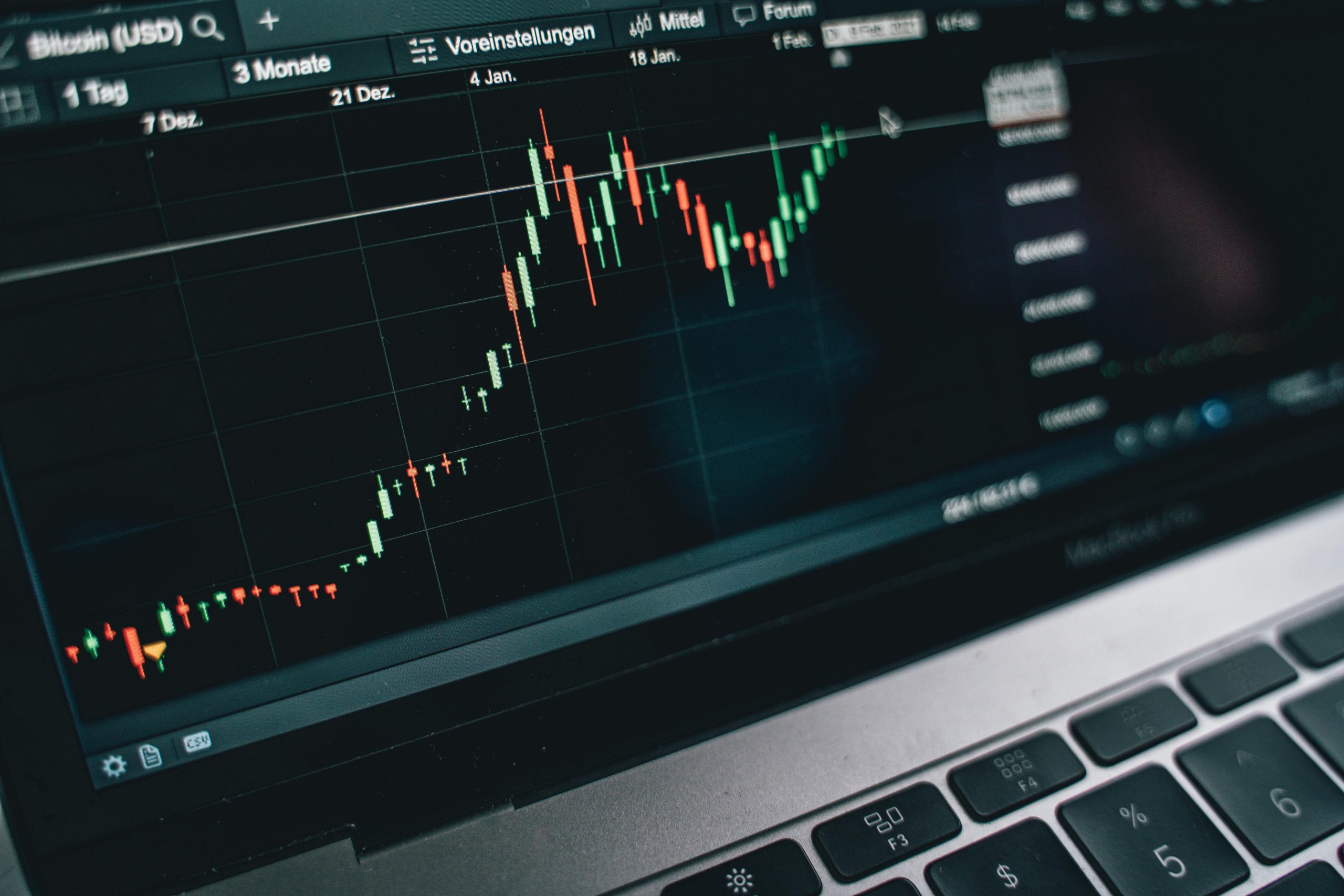Introduction
In the ever-evolving world of currency trading, forex signals have become an essential tool for traders who want to enhance their decision-making and increase profitability. These signals act as trade suggestions or alerts, guiding traders on when to buy or sell currency pairs based on specific market analysis. However, not all forex signals are created equal. Selecting reliable ones can make the difference between consistent wins and unnecessary losses.
In this article, we’ll walk you through everything you need to know about choosing dependable forex signals, from understanding how they work to evaluating providers and avoiding scams. Whether you’re a beginner or a seasoned trader, this comprehensive guide will help you navigate the complex landscape of forex signals effectively.
What Are Forex Signals?
Definition and Purpose
Forex signals are trade recommendations that indicate optimal entry and exit points in the forex market. These signals are usually based on technical analysis, fundamental analysis, or a combination of both. Delivered via email, SMS, apps, or trading platforms, they help traders make informed decisions without having to perform in-depth market analysis themselves.
Types of Forex Signals
There are two main categories of forex signals:
- Manual signals: Generated by human analysts or professional traders based on market research and strategy.
- Automated signals: Produced by algorithms or trading bots using pre-programmed criteria and data analysis.
Each type has its own advantages and limitations, which we’ll explore further below.
Why Reliable Forex Signals Matter
Avoiding Losses
The forex market is highly volatile. Acting on poor-quality forex signals can lead to significant losses. Reliable signals are backed by research and increase your chances of successful trades.
Saving Time
Using dependable forex signals allows traders to focus more on strategy execution rather than spending hours analyzing charts and news. This is especially beneficial for part-time traders or those new to the market.
Building Confidence
When traders consistently win using trusted forex signals, they build confidence in their trading system, making them more disciplined and less emotional in their approach.
Key Features of Reliable Forex Signals
Proven Track Record
Reliable forex signals typically come from providers with a history of consistent performance. Look for third-party verified results or independent reviews that back up their claims.
Transparency
A trustworthy signal provider should disclose their trading strategy, risk level, time zones, and past performance. Avoid providers that make vague promises like “guaranteed profits” or “100% win rate.”
Risk Management Guidelines
A solid forex signals service will include stop-loss, take-profit, and risk-to-reward ratios in each recommendation. This ensures that risk is controlled and profits are maximized.
Real-Time Delivery
Timeliness is critical in forex trading. Signals must be delivered in real-time or with minimal delay via fast communication channels such as Telegram, WhatsApp, or in-platform alerts.
How to Evaluate Forex Signal Providers
Check Performance Records
Before subscribing, request access to historical data. Verify the win/loss ratio, drawdowns, and average monthly returns. Use platforms like Myfxbook to confirm claims.
Look for Independent Reviews
Search for genuine reviews on websites, forums, and social media groups. This will give you a clearer picture of the provider’s reputation in the trading community.
Test with a Demo Account
Use a demo account to test the forex signals without risking real money. This allows you to assess the quality of the signals and whether they align with your trading style.
Customer Support and Service
A reliable signal provider offers responsive customer support and educational resources. They should be available to clarify doubts and guide you in implementing their signals effectively.
Manual vs. Automated Forex Signals: Which Is Better?
Manual Signals
- Pros: Backed by human insight, adaptable to market changes.
- Cons: Can be slower and prone to human error.
Automated Signals
- Pros: Fast execution, operates 24/7, emotion-free.
- Cons: Lacks adaptability, may fail in volatile or unpredictable markets.
Which to Choose?
The choice between manual and automated forex signals depends on your trading style. If you prefer understanding the rationale behind trades, go for manual. If you value speed and scalability, automated might suit you better.
Paid vs. Free Forex Signals
Free Forex Signals
Some brokers and communities offer forex signals at no cost. While tempting, free signals often lack reliability, are less detailed, or come with hidden conditions.
Paid Forex Signals
Paid services typically offer more accurate, timely, and comprehensive forex signals. The cost usually reflects the quality and effort put into the analysis.
How to Decide
If you’re just starting out, testing free signals on a demo account is a good way to learn. For serious trading, however, investing in a reputable paid provider is often worthwhile.
Common Red Flags When Choosing Forex Signals
Unrealistic Promises
Avoid providers that promise “no losses” or extremely high win rates. Every trading strategy, no matter how good, involves some risk.
Lack of Transparency
If the provider doesn’t share details about their methodology, past results, or risk levels, consider it a warning sign.
No Free Trial or Demo
Reputable forex signals services usually offer a trial or demo period. This lets you evaluate the service before committing financially.
Pushy Sales Tactics
Aggressive marketing, fake urgency, or pressure to buy immediately are all red flags that suggest the provider may not be legitimate.
Best Practices When Using Forex Signals
Always Use a Stop-Loss
No matter how reliable the forex signals are, always protect your capital with a stop-loss order. This limits your potential losses if the trade goes against you.
Combine Signals with Your Own Analysis
Don’t rely solely on external forex signals. Use them as a guide, but also perform your own basic analysis to confirm the trade setup.
Start Small and Scale Gradually
Begin with a small trade size and only increase your exposure as you gain confidence in the signals’ accuracy and consistency.
Stay Emotionally Detached
Stick to the plan provided by the forex signals and avoid letting emotions dictate your trading decisions. Consistency is key to long-term success.
Benefits of Using Forex Signals
- Reduces the learning curve for beginners
- Saves time for experienced traders
- Offers exposure to new trading strategies
- Encourages disciplined trading practices
- Helps manage risk through structured setups
Conclusion
Choosing reliable forex signals is a crucial step toward achieving consistent wins in the forex market. With hundreds of providers out there, it’s essential to know what to look for and how to separate legitimate services from scams.
Focus on providers with a transparent strategy, a verifiable track record, real-time delivery, and risk management components. Don’t rush the process—test signals using demo accounts and evaluate them based on performance, consistency, and alignment with your trading goals. Used wisely, forex signals can be an invaluable asset in your trading toolkit. They allow you to tap into expert knowledge, reduce emotional trading, and potentially improve your win rate. But like all tools, they must be used with caution, discipline, and a clear understanding of risk.


